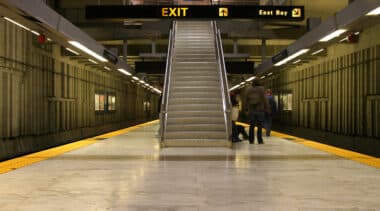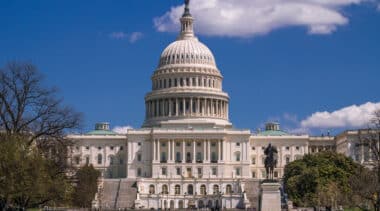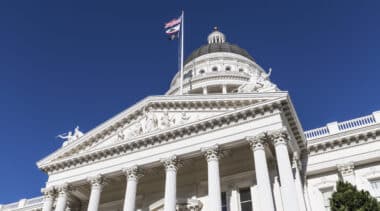-
Increases in education spending have little correlation with actual student counts, data show
Our analyses show almost universal education spending increases across all states between 2002 and 2020 while at the same time, many states struggled to cope with shrinking K-12 student enrollments.
-
How K-12 support services spending can divert education funding from instruction
Nationally, per pupil support services expenditures grew by 25% from 2002 to 2020, outpacing growth in per pupil instructional expenditures, which increased by 20% over the same period.
-
The potential consequences of New Zealand’s plan to be smoke-free
New Zealand should inform cigarette smokers about the potential health benefits of switching to safer alternatives and ensure greater Māori access to smoking cessation services.
-
California’s misguided plan to make its own insulin
High insulin prices are caused by a maze of regulation, bureaucracy, and pharmacy benefit managers that drive up the costs.
-
Ridership data and work trends continue to undermine the case for a second BART tunnel
Remote work has become the norm rather than the exception for many types of employees, especially in the Bay Area.
-
The criminal justice system is failing people suffering from mental illnesses
The traditional justice system fails to meet the needs of mentally ill offenders, resulting in high recidivism rates among offenders with mental illness.
-
How inflation could impact public school finances
High inflation poses several challenges for public schools, particularly when it comes to labor negotiations.
-
Retirement plans’ impact on recruiting and retention in the public market
Public employers should adopt plans that best meet the realistic career patterns of employees and prospective employees.
-
Michigan takes step toward local government transparency
Michigan is now the second state to adopt machine-readable local government financial reporting legislation.
-
California’s public schools are losing kids while getting more money
Even though there are fewer kids in public schools, the state’s education spending continues to go up.
-
Vision Zero programs are not an effective way to reduce traffic fatalities in U.S. cities
The superior and more cost effective approach for lower traffic fatalities lies in data-gathering, local partnerships, community education, and re-engineering when necessary.
-
What the movement to break up big tech gets wrong about our digital economy
The uncertainty, fast-moving innovation, and large pool of ideas that characterize online platforms make new competition inevitable.
-
Dealing with public opposition to new tolls
The current 20th-century funding system disguises the real cost of building and operating major highways and bridges.
-
Top-performing public schools are rejecting students even though they have open seats
In most states, where you live determines where you can go to school.
-
The FDA’s deadly menthol miscalculation
If the FDA is truly interested in promoting smoking cessation and saving lives, there are more effective ways to do this than a prohibition.
-
As public pension plans take risks, SEC wants more transparency from private equity funds
The race for higher yields and the increased volatility that comes with it can threaten the fiscal health of public pension plans.
-
Congressional bipartisanship shouldn’t lack fiscal responsibility
Today’s bipartisan action makes the debt challenges we’re imposing on our children and grandchildren even worse.
-
California’s unfunded pension liabilities will burden state and local governments
CalPERS now has approximately $611 billion in pension debt and is 72% funded.

















